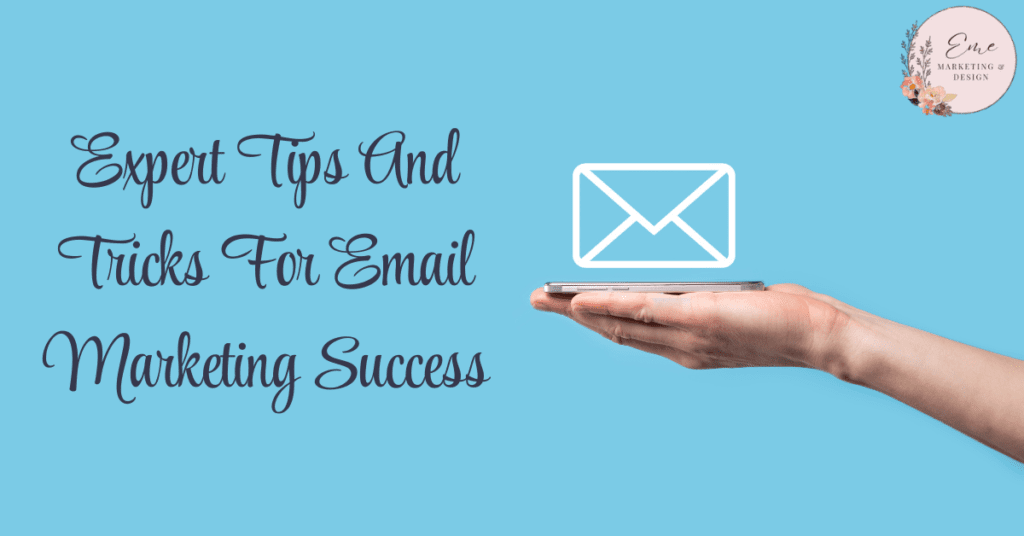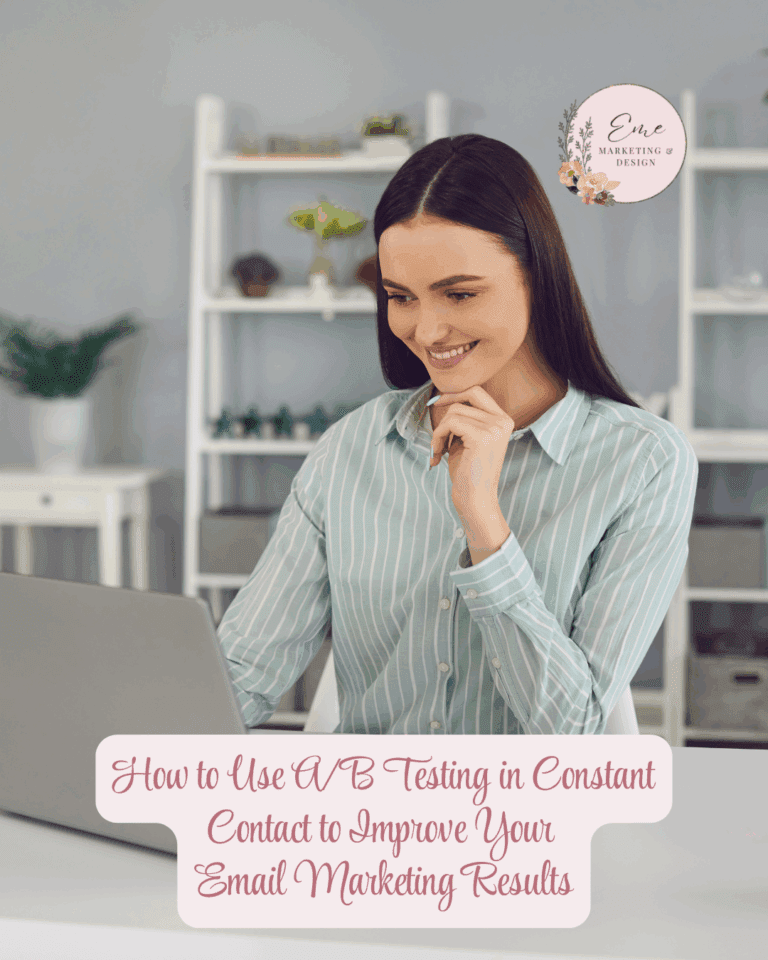
Email marketing remains a cornerstone of digital marketing strategies in an age dominated by social media and instant messaging. With an impressive ROI and the ability to deliver personalized content directly to your audience, email marketing is an indispensable tool for businesses of all sizes. This guide will take you through the essentials of email marketing, from building a list to crafting compelling emails and analyzing performance.
Why Email Marketing Matters
Before diving into strategies and best practices, it’s essential to understand why email marketing is so valuable:
- High ROI: Email marketing has an average ROI of $42 for every dollar spent, making it one of the most cost-effective marketing channels.
- Direct and Personalized Communication: Email lets you reach your audience directly with tailored messages that address individual needs and preferences.
- Measurable Impact: With robust analytics, you can track open rates, click-through rates, conversions, and other key metrics to assess the effectiveness of your campaigns.
- Broad Reach: Nearly everyone with an internet connection has an email address, giving you access to a vast potential audience.
Building Your Email List
Your email marketing success starts with a high-quality list of subscribers. Here’s how to build and grow your list:
1. Opt-In Forms
- Website Sign-Up Forms: Place sign-up forms prominently on your website, especially on the homepage, blog, and contact pages.
- Pop-Ups and Slide-Ins: Use pop-ups or slide-ins to capture visitors’ attention. Ensure they are user-friendly and not overly intrusive.
- Landing Pages: Create dedicated landing pages for specific campaigns or offers encouraging visitors to subscribe.
2. Lead Magnets
Offer incentives to encourage sign-ups. Common lead magnets include:
- Ebooks and Guides: Provide valuable information that addresses your audience’s pain points.
- Discounts and Coupons: Offer immediate discounts to new subscribers.
- Webinars and Courses: Free educational content can attract highly interested leads.
3. Social Media Promotion
Promote your email sign-up form across your social media platforms. Use engaging posts and ads to direct followers to your sign-up page.
Crafting Compelling Emails
Once you have a solid list of subscribers, the next step is to create emails that engage and convert.
1. Understand Your Audience
- Segmentation: Divide your email list into segments based on demographics, behavior, purchase history, or engagement levels. This allows you to send more relevant content.
- Personalization: Use personalization tokens to include the subscriber’s name and tailor content based on their preferences and past interactions.
2. Write Attention-Grabbing Subject Lines
- Keep It Short and Sweet: Aim for 50 characters or less.
- Create a Sense of Urgency: Phrases like “limited time offer” or “act now” can prompt quicker action.
- Be Clear and Specific: Make sure your subject line clearly conveys the content of the email.
3. Craft Engaging Content
- Start with a Strong Hook: The opening line should grab the reader’s attention and make them want to read more.
- Be Concise: Keep your message clear and to the point. Avoid long paragraphs and get straight to the benefits.
- Include a Call-to-Action (CTA): Every email should have a clear and compelling CTA that tells the reader what to do next.
4. Design for All Devices
- Responsive Design: Ensure your emails look good on desktop and mobile devices. For mobile users, use a single-column layout and large, tappable buttons.
- Visuals: Make your emails visually appealing by using high-quality images and graphics. However, balance them with text to avoid slow load times.
Automating Your Campaigns
Automation can save you time and increase the effectiveness of your email marketing.
1. Welcome Series
Set up a series of welcome emails to introduce new subscribers to your brand, products, and values. This helps in building a relationship from the start.
2. Behavioral Triggers
Use automation to send emails based on user behavior, such as:
- Abandoned Cart Emails: Remind customers who left items in their shopping cart.
- Re-Engagement Emails: Reach out to inactive subscribers with special offers or content to win them back.
- Post-Purchase Follow-Ups: Thank customers for their purchase and suggest related products.
3. Drip Campaigns
Create a sequence of emails that provide value over time, guiding subscribers through a journey from awareness to conversion. This is especially useful for nurturing leads.
Analyzing and Optimizing Your Campaigns
Regularly analyzing your email marketing performance helps you understand what’s working and needs improvement.
1. Key Metrics to Track
- Open Rate: The percentage of recipients who open your email. A low open rate may indicate a need for better subject lines or targeting.
- Click-Through Rate (CTR): The percentage of recipients who clicked on a link in your email. This shows how engaging your content and CTA are.
- Conversion Rate: The percentage of recipients who completed the desired action (e.g., purchasing or signing up for an event).
- Bounce Rate: The percentage of emails that couldn’t be delivered. High bounce rates can harm your sender reputation.
- Unsubscribe Rate: The percentage of recipients who opted out of your emails. Monitor this to understand if your content is resonating with your audience.
2. A/B Testing
Experiment with different elements of your emails to see what performs best. Test variations of:
- Subject Lines: Try different lengths, tones, and keywords.
- Email Content: Experiment with different formats, lengths, and types of content.
- CTAs: Test different wording, colors, and placements.
3. Refining Your Strategy
Use the insights from your analytics and A/B tests to refine your email marketing strategy. Focus on what works and continually optimize areas that underperform.
Ensuring Compliance
Email marketing is subject to regulations that protect consumer privacy. Make sure your campaigns comply with laws such as:
1. CAN-SPAM Act (U.S.)
- Clear Identification: Your email must clearly identify who you are.
- Honest Subject Lines: Avoid misleading subject lines.
- Opt-Out Mechanism: Include a way for recipients to unsubscribe easily.
- Physical Address: Include your physical address in every email.
2. GDPR (EU)
- Consent: Obtain explicit consent from EU subscribers before emailing them.
- Data Protection: Ensure the security and confidentiality of your subscribers’ data.
- Access and Deletion: Allow subscribers to access and delete their data upon request.
Best Practices for Success
Adopting best practices ensures your email marketing efforts are effective and well-received.
1. Consistency
- Regular Schedule: Send emails weekly, bi-weekly or monthly. Consistency helps build trust and keeps your brand top-of-mind.
- Content Calendar: Plan your email content in advance to ensure a steady stream of valuable information.
2. Value-Driven Content
- Educational and Entertaining: Provide content that educates or entertains your audience. This keeps them engaged and looking forward to your emails.
- Exclusive Offers: Reward your subscribers with exclusive deals and early access to new products or content.
3. Engagement
- Interactive Elements: Use polls, surveys and interactive content to engage your audience.
- User-Generated Content: Encourage subscribers to share their experiences and feature their stories in your emails.
4. Segmentation and Personalization
- Dynamic Content: Use dynamic content blocks to tailor parts of your email to different audience segments.
- Behavioral Segmentation: Segment your list based on how subscribers interact with your emails and website.
Final Thoughts on Email Marketing
Email marketing remains a powerful tool for reaching and engaging your audience. You can achieve impressive results by building a high-quality list, crafting compelling emails, leveraging automation and continuously analyzing and optimizing your campaigns. Stay compliant with regulations and adhere to best practices to ensure your email marketing efforts are successful and sustainable.
By following this guide, you’ll be well on your way to mastering email marketing and driving meaningful engagement and conversions for your business. Remember, the key to success lies in delivering value to your subscribers and building lasting relationships through thoughtful and strategic email communications.
Need help with your email marketing?
With over two decades of experience, we can expertly guide you to email optimization!




